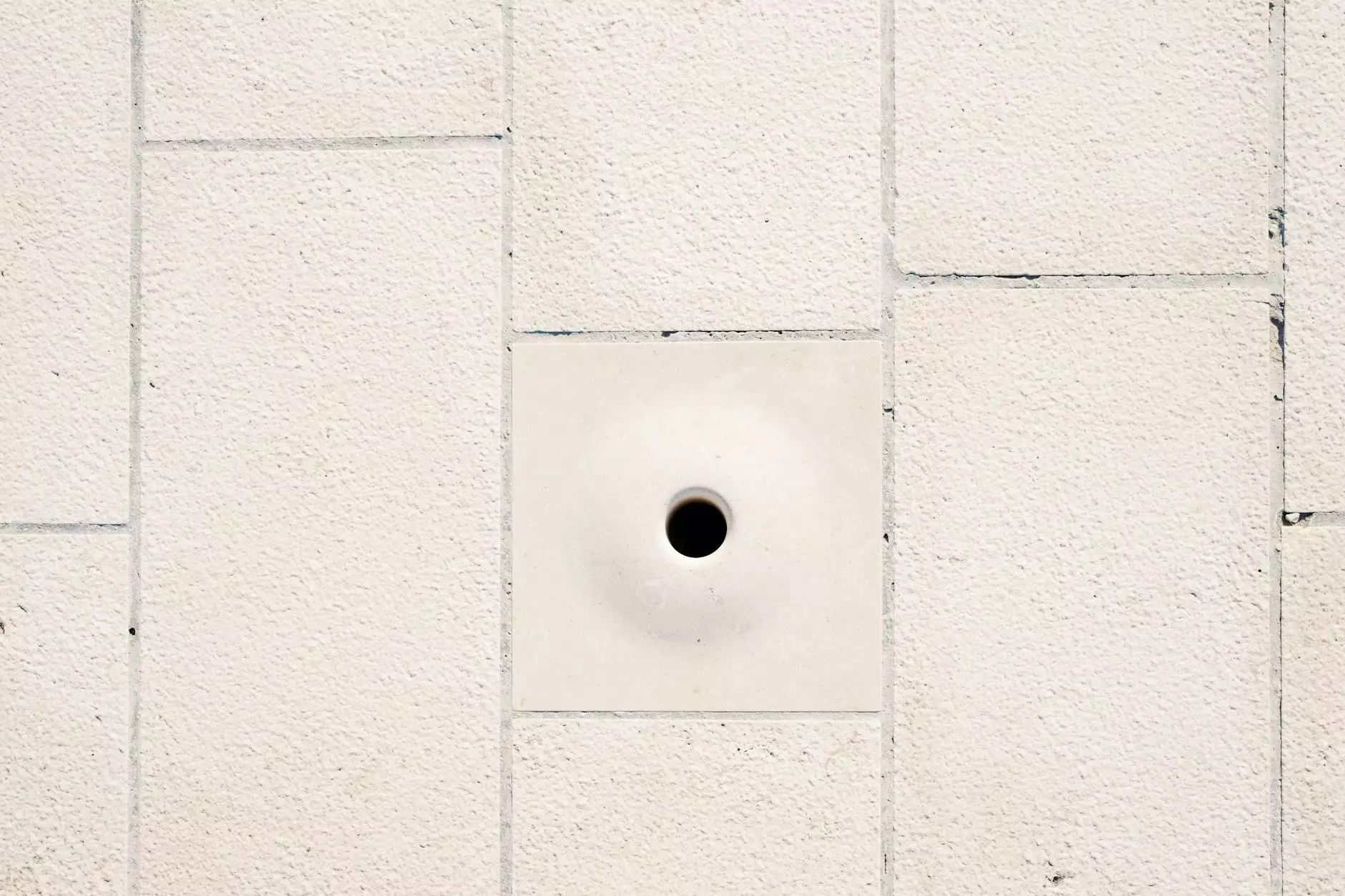Understanding Capsular Pattern Adhesive Capsulitis

What is Capsular Pattern Adhesive Capsulitis?
Capsular pattern adhesive capsulitis, often referred to as frozen shoulder, is a condition that affects the shoulder joint, leading to significant pain and restricted movement. This condition is characterized by the thickening and tightening of the shoulder capsule, causing a series of symptoms that can impede daily activities.
Symptoms of Capsular Pattern Adhesive Capsulitis
Individuals suffering from this condition typically experience the following symptoms:
- Severe pain in the shoulder, often radiating down the arm.
- Progressive stiffness, making it difficult to perform routine tasks.
- Narrowed range of motion in the shoulder.
- Inability to reach overhead or behind the back.
- Symptoms that can worsen at night or during periods of inactivity.
Causes of Capsular Pattern Adhesive Capsulitis
While the precise cause of capsular pattern adhesive capsulitis remains unclear, several known factors may contribute to its development:
- Injury or Trauma: Previous shoulder injuries can trigger inflammation and lead to adhesion formation.
- Medical Conditions: Conditions such as diabetes and thyroid disorders are associated with an increased risk.
- Age: Individuals between 40 and 60 years old are at higher risk.
- Prolonged Immobility: Extended periods of shoulder immobility post-injury or surgery can contribute.
Phases of Capsular Pattern Adhesive Capsulitis
The condition generally progresses through three distinct phases:
- Freezing Stage: Characterized by severe pain and gradual loss of motion.
- Frozen Stage: Pain may decrease, but range of motion is significantly limited.
- Thawing Stage: The shoulder gradually regains movement, and pain continues to diminish.
Diagnosis of Capsular Pattern Adhesive Capsulitis
Diagnosis is crucial in addressing and managing capsular pattern adhesive capsulitis. It typically involves:
- Medical History Review: Assessing symptoms and previous shoulder injuries.
- Physical Examination: A thorough assessment of shoulder movement and pain levels.
- Imaging Tests: X-rays or MRIs can help rule out other conditions.
Treatment Options for Capsular Pattern Adhesive Capsulitis
Treatment for capsular pattern adhesive capsulitis focuses on alleviating pain and restoring range of motion:
- Physical Therapy: A well-structured physical therapy program can significantly improve mobility and function through targeted exercises.
- Chiropractic Care: Chiropractors may utilize manual therapy techniques and adjustments to relieve pain and enhance shoulder function.
- Medications: Non-steroidal anti-inflammatory drugs (NSAIDs) can be prescribed to manage pain and inflammation.
- Corticosteroid Injections: Injecting steroids directly into the shoulder joint can help reduce inflammation and provide relief.
- Surgery: In severe cases, surgical intervention may be necessary to remove adhesions and improve joint mobility.
The Role of Physical Therapy
Physical therapy plays a vital role in the recovery process for individuals diagnosed with capsular pattern adhesive capsulitis. A physical therapist can develop an individualized program that includes:
- Stretching Exercises: Gentle stretching can help to improve flexibility.
- Strengthening Exercises: These exercises focus on stabilizing the shoulder muscles.
- Manual Therapy: Techniques employed to manipulate soft tissues, reducing pain and improving motion.
- Education: Teaching patients about the condition and proper techniques to avoid exacerbation.
Chiropractic Approaches to Treatment
Chiropractors provide an alternative approach to treating capsular pattern adhesive capsulitis, which may include:
- Adjustment Techniques: Applying safe and controlled force to specific joints to improve alignment and function.
- Soft Tissue Mobilization: Focusing on relieving tension in the affected muscles.
- Rehabilitative Exercises: Designed to promote healing and restore normal movement patterns.
- Patient Education: Guidance on posture and ergonomics to prevent further aggravation of the condition.
Preventing Capsular Pattern Adhesive Capsulitis
Preventative measures can be beneficial in reducing the risk of developing this painful condition. Consider the following:
- Stay Active: Regular movement and exercise can keep the shoulder joint healthy.
- Post-Injury Rehabilitation: Follow through with rehabilitation programs after shoulder injuries or surgeries.
- Good Posture: Maintain correct posture to minimize strain on the shoulders.
- Routine Stretching: Incorporate shoulder stretches into your daily routine.
Conclusion
Understanding capsular pattern adhesive capsulitis is essential for recognizing symptoms, seeking proper diagnosis, and pursuing effective treatment. Whether through physical therapy, chiropractic care, or a combination of therapies, individuals suffering from this condition can find relief and work toward regaining their shoulder function. Early intervention and consistent treatment are key to overcoming this debilitating condition and returning to a pain-free, active lifestyle. For comprehensive care, consider reaching out to professionals, including those at iaom-us.com, specializing in health and medical treatments that include chiropractic care and physical therapy.









